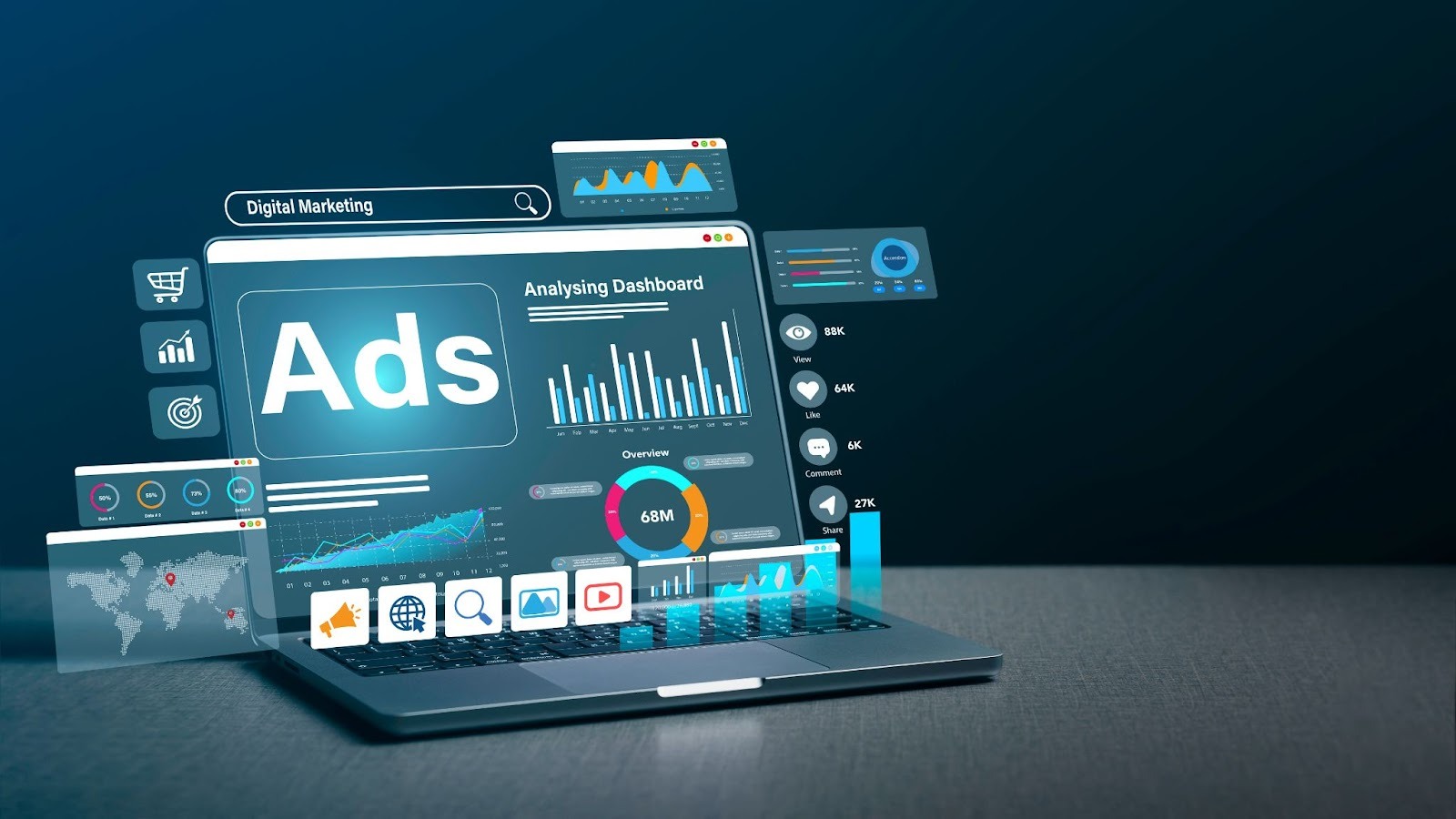
Businesses are always looking for effective ways to increase revenue and improve customer satisfaction. Two of the most common strategies used to achieve these goals are upselling and cross-selling. But, what is upselling vs cross-selling, and how do you know when to use each approach? These two strategies are similar but have distinct purposes and techniques. To harness their full potential, it’s important to understand their differences, as well as the best times to implement them.
Understanding the difference between upselling and cross-selling is crucial for any sales team. Upselling focuses on getting customers to purchase a higher-end version of the same product or service, while cross-selling suggests complementary products that enhance the original purchase. Each strategy has its place in the sales process, and knowing when to use them can make a significant difference in your sales success.
What is cross-selling?
Cross-selling is the practice of encouraging customers to purchase additional products or services that complement the main item they are buying. It’s not about selling them something more expensive or upgraded, but rather something that enhances or adds value to their original purchase.
For example, if a customer is buying a laptop, a salesperson might cross-sell accessories like a laptop case, wireless mouse, or additional software. The idea is to introduce products that fill the needs associated with the initial purchase, increasing the overall value of the transaction.
Cross-selling can be a win-win: customers are more likely to appreciate the helpful suggestions, and businesses see an increase in average order value. However, the additional items must be genuinely relevant to the customer’s needs. Irrelevant or unnecessary suggestions can be perceived as pushy and may damage the customer relationship.
What is upselling?
Upselling, on the other hand, is the practice of encouraging customers to purchase a more expensive or upgraded version of the product or service they are already considering. It’s a strategy that focuses on increasing the value of the transaction by getting the customer to opt for a premium option.
For instance, if a customer is looking at a standard smartphone, an upsell might involve suggesting a higher-end model with better features, more storage, or an enhanced warranty. The goal is to sell the customer something better, which often leads to a larger profit for the business.

What’s the difference between upselling and cross-selling?
When comparing upsell vs cross-sell, the primary difference lies in the type of product or service offered. With cross-selling, you’re offering complementary items that go along with the original product. With upselling, you’re offering an upgraded or more expensive version of the same product.
Upselling vs Cross-Selling:
- Upselling: Selling a more expensive version or model of the original product.
- Cross-selling: Offering additional, complementary products that enhance or complete the original purchase.
How does upselling fit into your sales process?
Upselling is most effective when your sales team is knowledgeable about the products or services you offer and can genuinely recommend a better version of an item that benefits the customer.
To incorporate upselling effectively, you should:
Understand the customer’s needs
To offer an upgrade that genuinely appeals to the customer, take the time to understand their preferences and pain points.
Build rapport and trust
Customers are more likely to trust a salesperson who has established a relationship with them. When they trust you, they are more likely to consider your upsell suggestions.
Highlight the value
Focus on the added benefits that come with the upgrade. This could be better features, warranties, or long-term savings. Help the customer understand why the higher-priced option is a better fit for them.
The key to successful upselling is not being overly aggressive but offering a solution that makes the customer’s life easier or better. When done correctly, upselling enhances the customer experience rather than detracting from it.

When should you implement cross-selling tactics?
Cross-selling works best when you can identify complementary products or services that meet the customer’s broader needs.
Here are some scenarios when cross-selling makes sense:
After the customer has made a purchase decision
Once a customer is already interested in a product, they may be more open to additional suggestions that enhance the value of their purchase.
During a product demo or consultation
If you're able to demonstrate how complementary products work together, customers are more likely to see the value in buying more.
As part of a product bundle
You can offer discounts or special pricing on bundles of related items, making the cross-sell more appealing to the customer.
Cross-selling is effective when the additional products enhance the primary purchase. For example, a customer buying a camera might benefit from purchasing extra lenses, a tripod, or a carrying case. The key is ensuring that the cross-sell is a natural fit, not a forced add-on.
How Can You Ensure Upselling and Cross-Selling Deliver Real Value?
Both upselling and cross-selling are designed to add value to the customer, but to make sure they are effective, consider the following:
Personalization
Tailor your offers to the specific needs and preferences of the customer. The more personalized the recommendation, the more likely the customer will see the value.
Transparency
Be clear about what you are offering and why it’s a good fit. Customers appreciate honesty and are more likely to respond positively when they understand the value of the upsell or cross-sell.
Timing
Introduce the upsell or cross-sell at the right moment. Timing is crucial; offering an upgrade or additional item at the wrong time can feel like a hard sell and negatively impact the relationship.
Remember, upselling vs cross-selling should always be about enhancing the customer experience, not just driving sales. When customers feel that the suggestions are genuinely helping them, they will appreciate the effort and be more likely to make additional purchases.
What Metrics Should You Track to Measure Success?
To evaluate the success of your upselling and cross-selling efforts, tracking the right metrics is essential.
Here are some key metrics to consider:
Conversion Rate
Track how many customers accept upsell or cross-sell offers. A higher conversion rate indicates that your strategies are working.
Average Order Value (AOV)
Monitor the increase in AOV after implementing upselling or cross-selling. A higher AOV means you’re effectively increasing sales with these strategies.
Customer Retention
Assess whether upselling or cross-selling has improved customer loyalty and retention. Happy customers who feel that your suggestions added value are more likely to return.
Customer Satisfaction
Regularly gather feedback from customers to ensure they are happy with their purchase and any additional items they bought. A negative experience can lead to decreased customer satisfaction and brand trust.

How Do You Choose the Right Strategy for Your Sales Process?
Choosing between upselling and cross-selling depends on several factors:
Customer Intent
If the customer is primarily interested in a specific product, cross-selling complementary items might be more effective. However, if they are open to upgrades, upselling can be more beneficial.
Your Product Offering
Some products lend themselves better to upselling (e.g., electronics or high-end services), while others are more suited to cross-selling (e.g., consumables or add-on services).
Sales Team Skills
Consider the expertise of your sales team. Upselling may require a deeper understanding of product features and customer needs, while cross-selling can often be accomplished with general product knowledge.
By assessing your customers, product offerings, and sales team strengths, you can determine which strategy will work best in your specific sales process.
Unlocking Sales Potential Through Strategic Selling
In summary, upselling and cross-selling are powerful sales strategies that, when used effectively, can drive revenue growth and improve customer satisfaction. Upselling focuses on encouraging customers to upgrade or purchase a premium version of a product, while cross-selling introduces complementary items to enhance their original purchase. By mastering the timing and application of each approach, businesses can boost sales, build stronger customer relationships, and create a seamless buying experience.
Take your sales process to the next level with Leapify CRM, the best CRM management software designed to optimize upselling and cross-selling. Empower your team with tools that analyze customer data, automate personalized recommendations, and maximize sales opportunities. Don’t wait—unlock your sales potential with Leapify CRM today!



